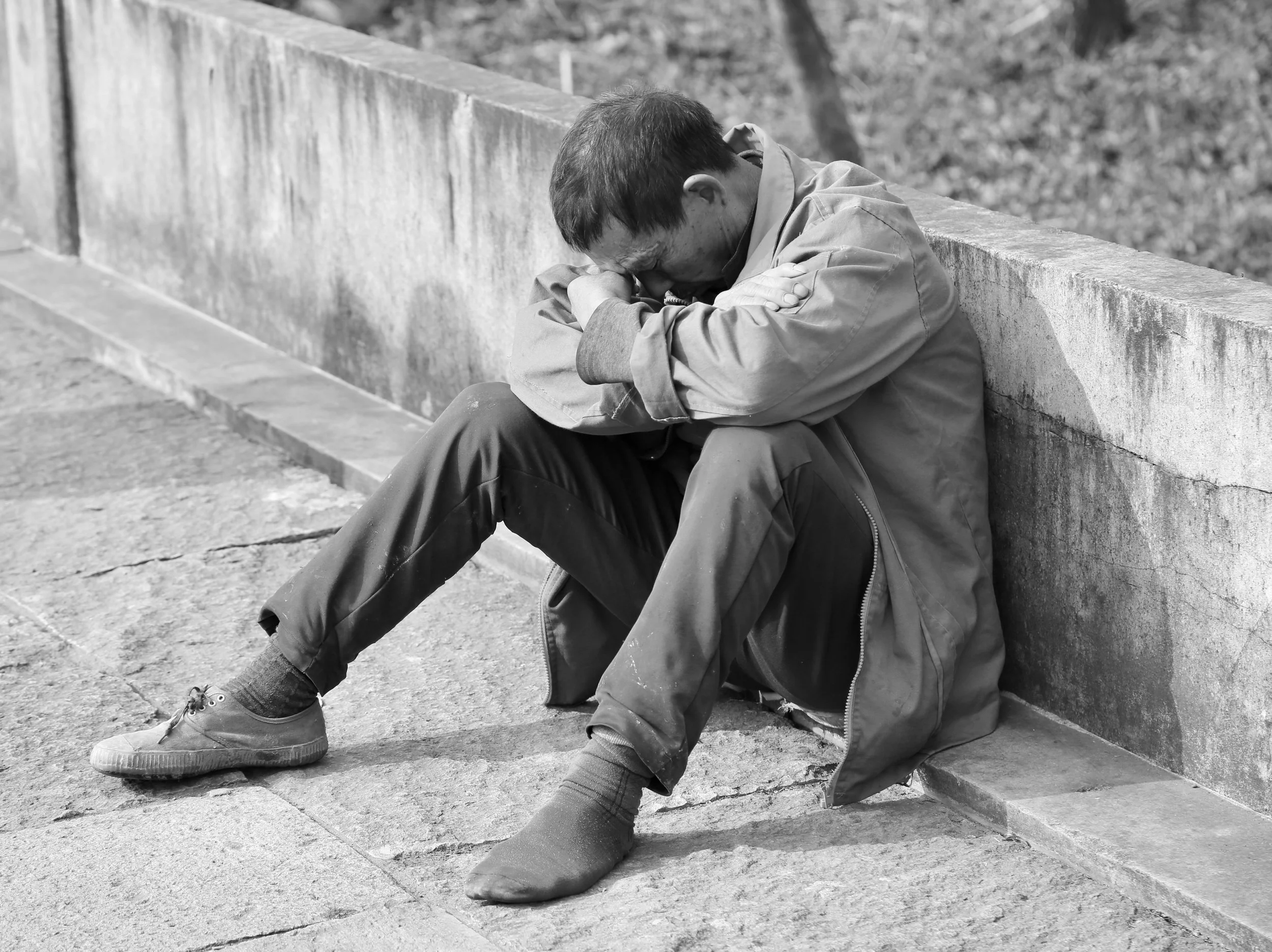
The Research
Men in the UK face higher rates of substance misuse, mental illness, and suicide, and this has become a growing public health concern. These issues are interconnected and often reflect societal, cultural, and psychological pressures unique to men. Here’s an overview of each issue:
Substance Misuse:
Higher Rates in Men: Men are more likely to misuse substances like alcohol, drugs, and other addictive substances than women. In the UK, data from the Office for National Statistics (ONS) and the Health and Social Care Information Centre (HSCIC) consistently show higher rates of alcohol and drug misuse among men compared to women.
Alcohol: Men are more likely to engage in binge drinking and are more prone to developing alcohol dependency. Statistics show men are almost twice as likely to die from alcohol-related causes compared to women.
Drugs: Men also have higher rates of drug-related deaths and hospital admissions due to drug misuse. A significant portion of people in drug rehabilitation programs in the UK are men.
Mental Illness:
Prevalence in Men: Men face a higher burden of mental health issues, particularly those related to stress, anxiety, depression, and substance use disorders. Although mental health problems affect both genders, men are less likely to seek help due to stigma, cultural norms around masculinity, and a reluctance to show vulnerability.
Underreporting: Men tend to underreport mental health issues or delay seeking help, which exacerbates their condition. This reluctance often stems from societal expectations around emotional stoicism and the idea that seeking help is a sign of weakness.
Hidden Illness: Mental health conditions in men are sometimes masked by other behaviors such as aggression, substance abuse, or reckless behavior, making the underlying psychological problems harder to diagnose and treat.
Suicide Rates:
Significantly Higher in Men: Men in the UK are three to four times more likely to die by suicide compared to women. This stark difference is a persistent issue. According to the ONS, men, particularly those aged 40-49, have the highest rates of suicide.
Contributing Factors: Unemployment, financial stress, relationship breakdowns, isolation, and societal pressure to fulfill traditional gender roles contribute to these higher rates of suicide. The stigma around mental health and emotional expression in men prevents many from seeking help before reaching a crisis point.
Methods Used: Men tend to use more lethal methods when attempting suicide, which contributes to the higher success rate compared to women.
Underlying Causes:
Masculinity and Stigma: Cultural norms around masculinity, where men are expected to be tough, self-reliant, and unemotional, play a significant role in the higher rates of mental illness and suicide. Men may feel pressured to suppress emotions and avoid seeking help, fearing judgment or being perceived as weak.
Social Isolation: Men are more likely to suffer from social isolation, especially as they get older. This isolation is a key risk factor for both mental illness and suicide.
Economic and Work-Related Pressures: Job loss, financial insecurity, and workplace stress disproportionately impact men and can lead to feelings of hopelessness and mental health deterioration.
Domestic Abuse Perpetration
Men’s mental health issues and domestic abuse are often deeply intertwined. Mental health problems, particularly when left untreated, can exacerbate behaviors that lead to abusive relationships. Several factors help explain how mental health struggles among men may increase the likelihood of them becoming perpetrators of domestic abuse:
Masculinity and Emotional Repression: Men are frequently socialised to suppress emotions like sadness, fear, or vulnerability, due to societal norms around masculinity. This emotional suppression can lead to increased frustration and anger, which may manifest as aggression in intimate relationships. When men feel unable to express emotions in healthy ways, they may resort to violence or coercive control as a way to assert power or vent unresolved emotional distress.
Anger and Displaced Stress: Unmanaged mental health conditions such as depression, anxiety, or PTSD often increase irritability or outbursts of anger. In situations of heightened stress—such as unemployment, financial hardship, or relationship problems—men with untreated mental health issues may lash out at those closest to them, particularly partners, as a form of displaced stress.
Though men are more likely to be perpetrators of domestic abuse, one in three victims of domestic violence in the UK is male. According to data from the Office for National Statistics (ONS) for the year ending March 2022, 1.7 million women and 699,000 men reported experiencing domestic abuse in that year. Male victims often face similar mental health issues as perpetrators, including depression, anxiety, and PTSD, but their experiences are underreported due to stigma and a lack of support services. Addressing the mental health needs of both perpetrators and victims is essential in breaking the cycle of domestic abuse.
